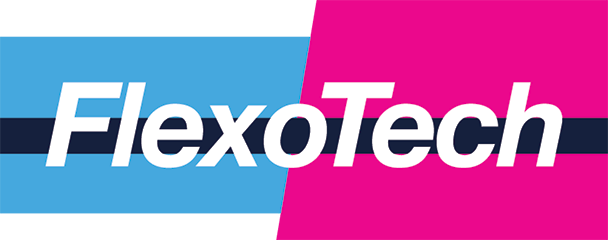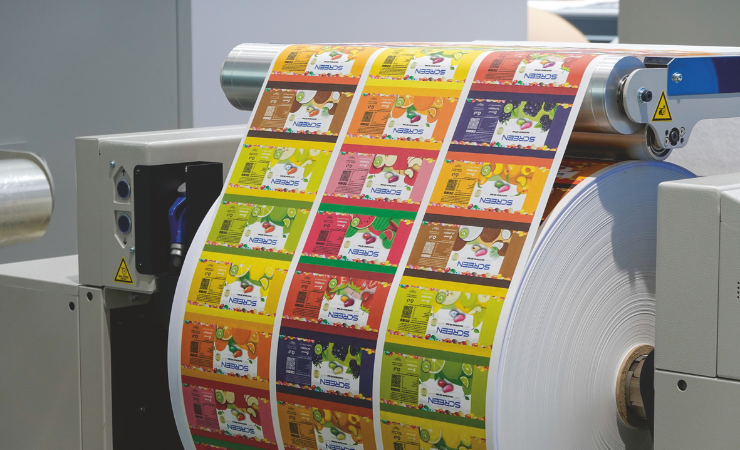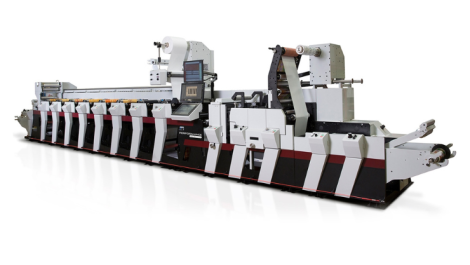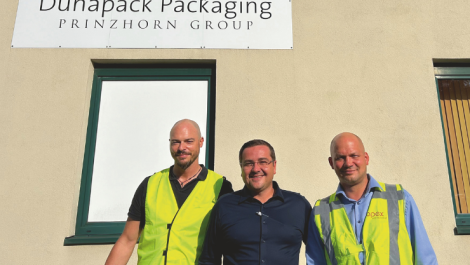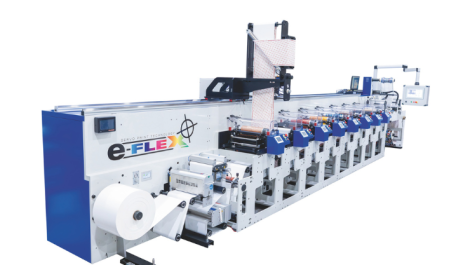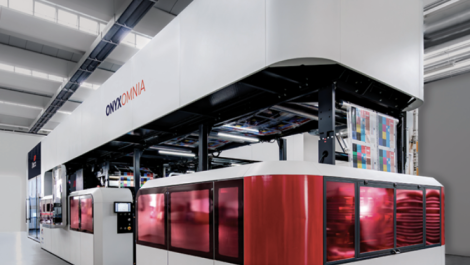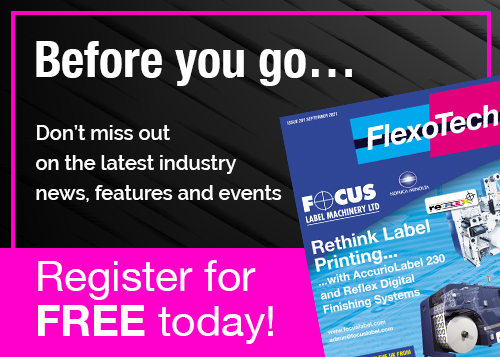Sustainability has proven to be an increasingly influential driver for flexible packaging production. Various brands have been working to increase renewable material usage, minimise C02 emissions, improve End of-Life (EOL) recyclability, and reduce the overall amount of virgin plastic packaging for their products. This new demand is changing how packaging is perceived by both the industry and the typical consumer, driving the push for new, more environmentally friendly and sustainable materials like paper for flexible packaging.
Responsive to these consumer preferences and more stringent regulations, many leading brands are committing to more sustainable packaging and reducing their reliance on virgin plastic, with some brands setting ambitious goals to cut virgin plastic use by up to half by 2025 and make their entire packaging portfolio either recyclable, re-usable or compostable. Some brands are extending these efforts even further, aiming to minimise plastic consumption further or ensure all packaging is recyclable by 2030.
Functionality and Modularity of Paper in Flexible Packaging
While consumers and the industry are concerned with improving sustainability, the primary purpose of packaging is still to offer sufficient product protection throughout the supply chain (manufacturing, transport, shelf life), the speed of the shift to paper packaging depends on the industry’s ability to introduce paper-based solutions that meets the same performance profile and product protection requirements of the incumbent plastic packaging that intends to replace, but at an affordable cost.
Innovations in sustainability practices are making paper an increasingly versatile and modular solution for flexible packaging applications, and the amount of traditional plastic multi layered laminated structures that can now be viably replaced by paper-based packaging are increasingly diverse and present ample opportunities for growth.
For various applications, improvements in barrier coatings are vital to protecting against oxygen transmission (OTR), grease, mineral oil, aromas, and moisture (WVTR) as required. Combining these new structures modularly based on protection requirements allows flexible paper packaging to better cater to the diverse shelf life demands of products.
Limitations of Paper Packaging
These, and other new production and handling innovations, are improving paper packaging while maintaining its remarkable sustainability benefits. However, other limitations must be overcome before fully replacing existing multi-layer plastic laminates.
- Puncture Resistance: Paper is more susceptible to punctures, a consideration when packaging angular or sharp-edged products.
- Barrier Performance: the highest barrier performance food applications still require non-paper components to ensure efficient product protection.
- Production Line Impact: Paper’s higher coefficient of friction levels and porous nature can slow production while increasing the chance of tearing during filling.
- Sealing performance: To fully protect the integrity of the product, paper packaging needs to effectively and hermetically seal during the filling process to form a finished package.
To address these limitations, paper can be fortified with layers of extruded or coated polymer dispersions, adding functionalities while maintaining recyclability. However, these polymers make recycling more complex, requiring a careful balance between functionality and existing paper recycling guidelines.
Inkjet Printing as a Key Development for Paper Packaging Adoption
Printing is one major step throughout package converting, where selecting the right innovative solution can result in considerable sustainability improvements throughout the entire supply chain.
During the ramp up market development of paper packaging, digital inkjet printing is the ideal printing method to accelerate its mass market adoption. When compared to traditional analogue printing processes like flexography and rotogravure, inkjet digital printing offers a significantly lower environmental impact while being compatible with a variety of paper substrates—especially for personalised or short-run packaging jobs that are vital early in the lifecycle of a new packaging design to help consumers embrace changes in familiar products.
Reduced Energy Consumption
Compared to traditional printing methods, inkjet printing consumes less energy and generates minimal waste without the need for plates or cylinders. This leads to lower carbon emissions and reduced waste disposal, contributing to an eco-friendlier production process. The Truepress PAC 520P uses less energy compared to traditional analogue printing processes, and its robust design prevents errors and malfunctions that would require additional energy expenditure with reprints.
Water-Based Inks
The water-based inks used by this press reduce the exposure of printing operators to harmful volatile organic compounds (VOCs) and are food-compliant, meeting the Swiss Ordinance, Nestlé Guidance, and EuPIA regulations, while having a drastically lower environmental impact compared to solvent-based inks used in traditional processes. The thoroughly formulated and high-pigment loads of these inks also benefit from consuming less ink to perform similar orders and simplifying maintenance.
Minimal Waste
Without the need to create new printing plates or engraving cylinders before each production run, digital printing further reduces energy consumption and the use of environmentally harmful solvents and cleaning materials.
Additionally, digital presses like the Truepress PAC 520P have minimum ramp-up or ramp-down requirements before beginning production requiring even less energy, inks, and substrates with the additional benefits of improved print-on-demand capabilities reducing the overproduction and inventory requirements.
Print-on-Demand and Reduced Overproduction
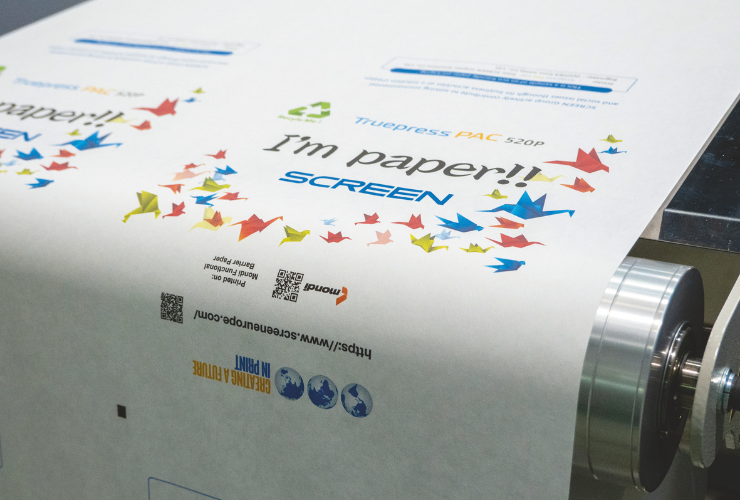 Inkjet digital printing excels in print-on demand capabilities, allowing brand owners and packaging converters to produce only the required quantity. This significantly reduces the risk of overproduction, which often leads to waste and unnecessary CO2 emissions associated with disposal. By ensuring that only the necessary packaging is produced, the on-demand model minimises both waste and emissions.
Inkjet digital printing excels in print-on demand capabilities, allowing brand owners and packaging converters to produce only the required quantity. This significantly reduces the risk of overproduction, which often leads to waste and unnecessary CO2 emissions associated with disposal. By ensuring that only the necessary packaging is produced, the on-demand model minimises both waste and emissions.
By avoiding overproduction and the generation of obsolete packaging, less packaging ends up as waste, leading to a lower carbon footprint during the disposal and improved cost effectiveness. Printing equipment manufacturers, like SCREEN, are partnering with industry experts across each stage of the packaging production workflow to overcome the limitations of paper substrates while maximising their sustainability benefits for flexible packaging applications. By collaborating with paper substrate producers and finishing machinery developers, these partnerships leverage the latest technological innovations to improve product protection and enhance the recyclability of paper packaging.
This collective effort ensures that digital inkjet presses continue to become a more sustainable and cost effective choice for flexible packaging, aligning with the broader environmental goals of brand owners and converters.
Data-Backed Life Cycle Assessments for Material Adoption
Paper is widely perceived by consumers and brands as being more environmentally friendly than plastic, and the sustainability and circularity benefits are undeniable. However, paper does not represent the single perfect environmentally friendly packaging material choice for every company. Depending on various factors, it may actually be the more environmentally harmful decision.
To make an informed and data backed decision, conducting thorough Life Cycle Assessments (LCAs) are essential when considering new packaging substrates, enabling converters to evaluate the environmental impact of different materials throughout their entire life cycle.
During these assessments, it is essential to track various data points including CO2 emissions, production and printing costs, supply chain efficiency, and recycling costs. LCAs for paper packaging should particularly consider aspects such as the sourcing of raw materials, the energy required for manufacturing, transportation logistics, consumer use, and eventual disposal or recycling of the packaging. This evaluation is critical for identifying areas where environmental impacts can be minimised, such as reducing carbon emissions, minimising waste, or enhancing recyclability. This science based approach ensures that choices regarding substrate use are made with sustainability as a priority, especially as new developments in mono-material plastics and recycling processes continue to reduce the environmental impact alterative materials.
Flexible Packaging: At a Sustainability Crossroads
Packaging Circularity Strategies are only effective if they are implemented at scale, are economically viable, and ultimately make sense in protecting the environment, and the development of new, more sustainable materials and packaging production solutions are still ongoing.
Printing innovators like SCREEN are providing critical support in the adoption of a wider range of packaging materials to address sustainability goals. Their digital printing solutions exemplify how cutting-edge technology can facilitate printing on paper substrates, while simultaneously developing other improvements which optimise printing efficiency onto various recyclable plastic films, as well.
Through facilitating the individual requirements of various packaging products, offering specialised digital printing solutions that balance sustainability with functionality, and developing the latest technological innovations to further improve the product protection and recyclability capabilities of different flexible packaging substrates, digital inkjet printing plays an important role in ensuring the best possible outcomes for both the environment, packaging converters and brands.
This article is an advertorial; the featured company created the wording and paid for its placement. It has been checked by Whitmar Publications to ensure that it meets our editorial standards.
